Shrew Mouse
- December 19, 2023
- 0 comment
The shrew mouse, scientifically known as the Sorex araneus, is a small mammal that belongs to the family Soricidae. These intriguing creatures are renowned for their diminutive size and unique physical characteristics. Measuring only a few inches in length, shrew mice possess a pointed snout, tiny eyes, and a short tail. Their fur varies in color, often displaying shades of brown or gray. Identifying these creatures can be challenging due to their size and elusive nature, as they are predominantly nocturnal and possess rapid, erratic movements.
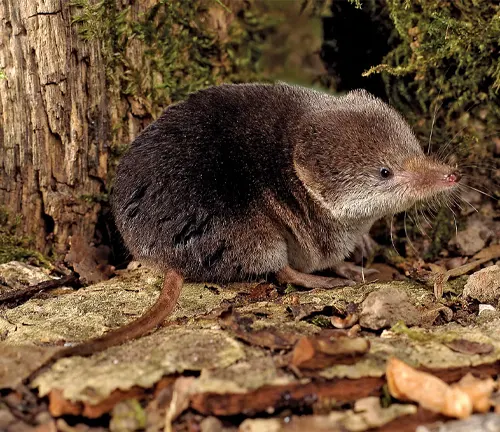
In terms of conflicts, shrew mice are generally harmless to humans and play a vital role in ecosystems by controlling insect populations. However, conflicts may arise in agricultural settings where they can damage crops or disrupt delicate ecosystems by preying on beneficial insects. Their legal status varies by region, with some countries implementing protective measures due to their ecological importance, while others may consider them pests. Striking a balance between conservation efforts and managing potential conflicts remains a critical aspect of shrew mouse considerations.
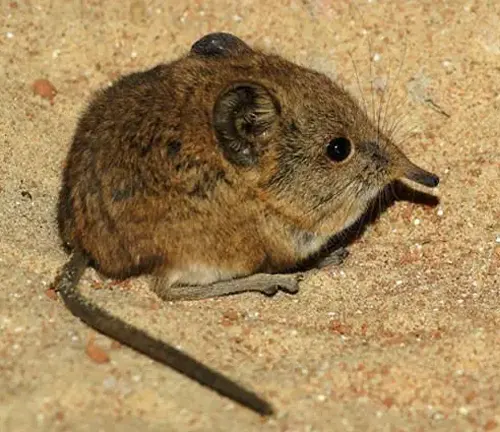
The species range of shrew mice spans across various regions, including Europe, Asia, and North America. Their adaptability allows them to inhabit a diverse range of environments, from woodlands to grasslands. Despite their widespread presence, specific sub-species may exhibit unique adaptations to their respective habitats.
Health and safety concerns related to shrew mice are minimal for humans, as these creatures are not known to transmit diseases like some other small mammals. However, caution should be exercised when handling them, as some species possess venomous saliva that can be harmful to prey. As with any wild animal, it is advisable to appreciate these fascinating creatures from a distance and to be aware of potential environmental impacts on their habitats to ensure a harmonious coexistence.
| Category | Description |
|---|---|
| Scientific Name | Sorex araneus |
| Size | Small (a few inches in length) |
| Physical Features | Pointed snout, small eyes, short tail, fur in brown or gray |
| Behavior | Nocturnal, rapid and erratic movements |
| Conflicts | Minimal conflicts with humans; potential crop damage |
| Legal Status | Varied by region; protective measures in some areas |
| Species Range | Europe, Asia, North America; adaptable to diverse habitats |
| Health Concerns | Generally harmless to humans; some species have venomous saliva |
| Environmental Impact | Important role in controlling insect populations |
General Biology of the Shrew Mouse
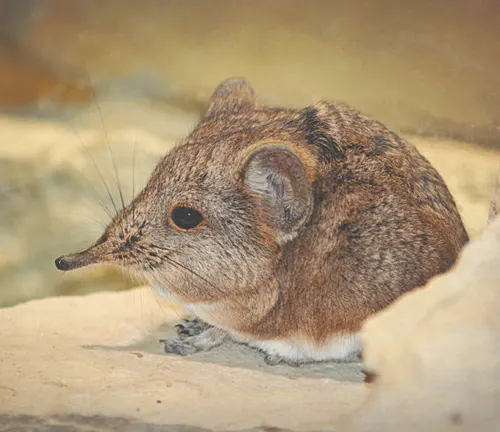
The Shrew Mouse, scientifically known as Sorex araneus, is a fascinating small mammal that belongs to the family Soricidae. Characterized by its diminutive size, the Shrew Mouse typically measures only a few inches in length. Known for its pointed snout, small eyes, and short tail, this elusive creature has fur that comes in varying shades of brown or gray. Its rapid and erratic movements, coupled with a primarily nocturnal lifestyle, make it a challenging species to observe and study.
Reproduction in Shrew Mice
The reproductive cycle of Shrew Mice is noteworthy for its speed and efficiency. Female Shrew Mice typically give birth to multiple litters in a single year, with the gestation period lasting just a few weeks. The offspring, called pups, are born blind and hairless, requiring intensive maternal care. Despite their small size, Shrew Mice play a vital role in maintaining their population through rapid and prolific breeding.
Behavior of the Shrew Mouse
Shrew Mice exhibit intriguing behavior patterns that contribute to their survival in diverse environments. These creatures are highly active, with constant movement characterised by rapid foraging and exploration. Their behavior is often solitary, and they are known for their territorial instincts, engaging in scent-marking to establish and defend their territories.
Nesting/Denning Cover
Creating nests and finding suitable denning cover is crucial for the Shrew Mouse’s survival. These small mammals construct nests using grass, leaves, and other plant materials, often hidden in dense vegetation or burrows. The denning cover provides protection against predators and the elements, allowing Shrew Mice to rest and raise their young in relative safety.

Habitat Preferences of Shrew Mice
Shrew Mice are adaptable creatures that can thrive in various environments. They are found across Europe, Asia, and North America, inhabiting woodlands, grasslands, and diverse ecosystems. Their ability to adjust to different habitats underscores their ecological flexibility and wide distribution.
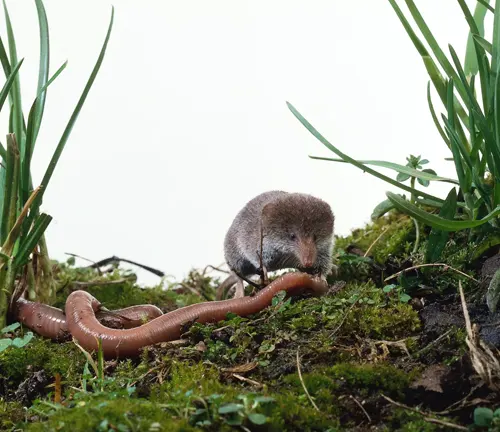
Food Habits of the Shrew Mouse
Shrew Mice are voracious insectivores, playing a crucial role in controlling insect populations. Their diet primarily consists of insects, worms, and other invertebrates. Due to their high metabolism, Shrew Mice must consume their body weight in food daily, making them active foragers in their quest for sustenance.
Voice, Sounds, Tracks, and Signs
While Shrew Mice are not known for vocalizations, they communicate through various sounds and physical signs. Scent-marking, ultrasonic vocalizations, and tactile cues are essential components of their communication repertoire. Tracks and signs, such as burrow entrances and gnawed vegetation, serve as indicators of their presence in a given area.
Damage Identification of the Shrew Mouse
The Shrew Mouse, despite its diminutive size, can occasionally become a source of concern due to its impact on various aspects of the environment. Understanding the signs of damage caused by Shrew Mice is crucial for effective identification and mitigation strategies.
Damage to Landscapes
Shrew Mice, in their relentless quest for food and shelter, can impact landscapes by creating intricate tunnel systems. These burrows, often hidden beneath the vegetation, may alter the topography of an area, affecting the stability of the soil. In landscaped areas, this can lead to soil erosion and destabilization of plants, causing concerns for both aesthetics and environmental health.
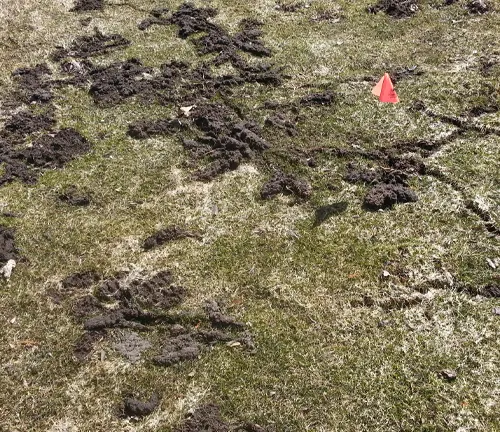
Damage to Crops and Livestock
In agricultural settings, Shrew Mice can pose challenges by targeting crops and potentially impacting livestock. Their foraging behavior may result in damage to root systems and underground portions of plants. While not as destructive as some larger rodents, Shrew Mice can still affect crop yields and quality, particularly in fields and gardens where their populations are high.
Livestock, such as poultry, may also be indirectly affected, as Shrew Mice can serve as hosts for parasites and diseases that may be transmitted to animals. Though the impact is not as direct as with some larger rodents, vigilance is necessary to maintain the overall health of agricultural systems.
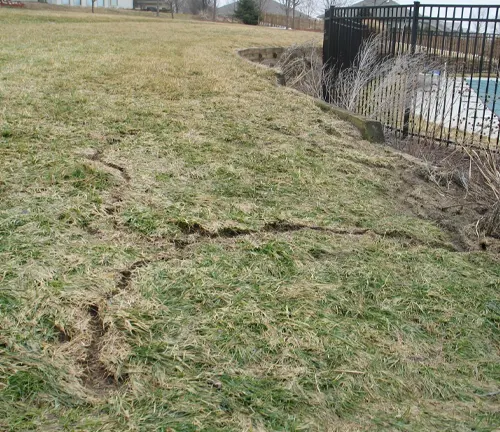
Damage to Structures
Shrew Mice’s tendency to burrow and seek shelter can lead to damage to structures, especially in urban and suburban environments. Burrows near foundations, fences, or other structures can compromise their integrity over time. Additionally, the gnawing behavior of Shrew Mice may lead to damage to insulation, wiring, or other materials in buildings, posing potential safety hazards.
Damage Prevention and Control Methods for Shrew Mice
Dealing with the potential impact of Shrew Mice requires a thoughtful and humane approach. Implementing effective prevention and control methods can help manage their presence while maintaining ecological balance and minimizing harm to the environment.
Habitat Modification
One of the key strategies for controlling Shrew Mice is modifying their habitat to make it less appealing. This can involve reducing dense vegetation, removing potential nesting sites, and implementing landscaping practices that discourage their presence. By altering the environment to be less accommodating, the likelihood of Shrew Mice establishing colonies in the area can be diminished.
Exclusion
Creating physical barriers to keep Shrew Mice away from specific areas is a practical method of control. This can involve sealing off entry points to structures, using mesh or wire to cover vulnerable openings, and employing fencing to protect crops or other valuable assets. Exclusion is a proactive measure that prevents Shrew Mice from accessing areas where they may cause damage.
Frightening Devices
Frightening devices, such as ultrasonic repellent devices, can be employed to deter Shrew Mice. These devices emit high-frequency sounds that are unpleasant for the mice but generally imperceptible to humans. While their effectiveness may vary, they offer a non-lethal and eco-friendly option for discouraging Shrew Mice from certain areas.

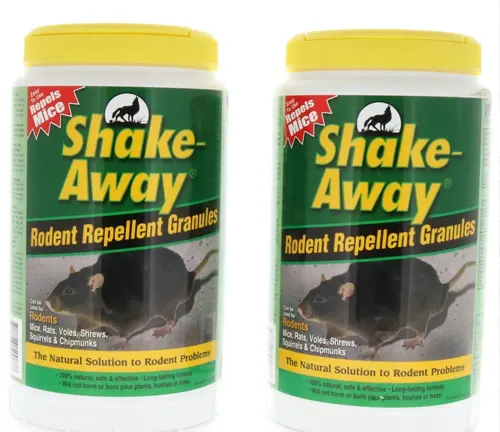
Repellents
Various natural and commercial repellents can be used to discourage Shrew Mice. Substances like castor oil, peppermint oil, or other strong-smelling compounds can be applied to areas prone to infestation. These repellents create an environment that Shrew Mice find unpleasant, encouraging them to seek alternative habitats without causing harm.
Toxicants
In cases where Shrew Mouse populations pose significant threats and other methods have proven ineffective, the use of toxicants may be considered. However, extreme caution must be exercised to ensure the safety of non-target species and the environment. Professional guidance is recommended when using toxic substances to control Shrew Mice.
Shooting
In rural settings, shooting may be employed as a method of population control. This method requires precision and adherence to local firearm regulations. While it can be effective in reducing individual numbers, it may not address the root causes of Shrew Mouse infestations and is not suitable for all environments.
Trapping
Trapping is a humane and targeted approach to managing Shrew Mouse populations. Live traps can be used to capture individual mice, allowing for their relocation to more suitable habitats away from human activities. This method is selective and avoids the use of toxic substances that may have unintended consequences.
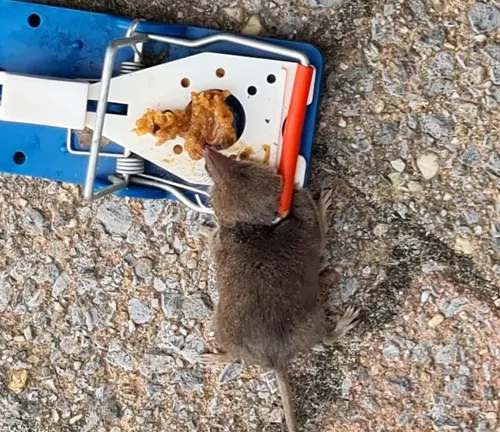
Different Species
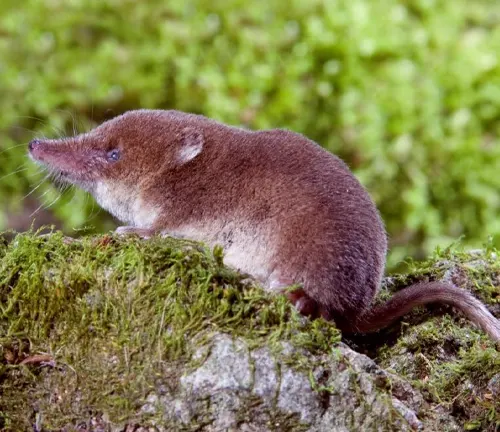
Common Shrew
(Sorex araneus)
Found in Europe and Asia, the common shrew is one of the most widespread species in the Soricidae family.
American Pygmy Shrew
(Sorex hoyi)
Native to North America, this tiny shrew is known for its small size and is found in a variety of habitats, including forests and grasslands.
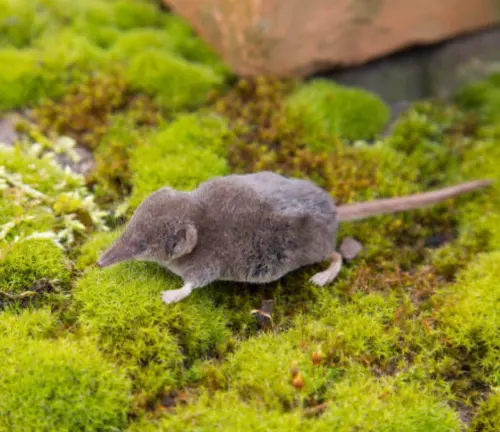
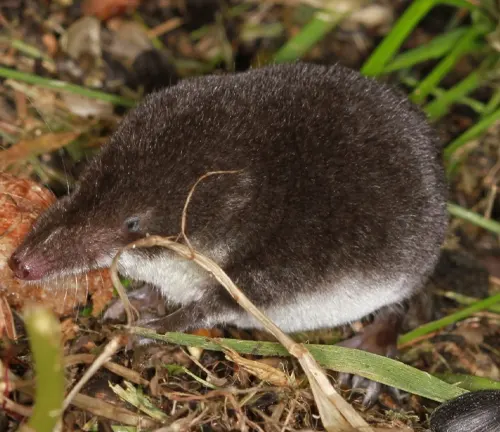
Eurasian Water Shrew
(Neomys fodiens)
This shrew species is semi-aquatic and is found in water-rich habitats across Europe and Asia. It has distinctive dark fur and is adapted for a lifestyle near water.
Northern Short-tailed Shrew
(Blarina brevicauda)
Native to North America, this shrew has a relatively short tail compared to other species. It is known for its aggressive behavior and venomous saliva.
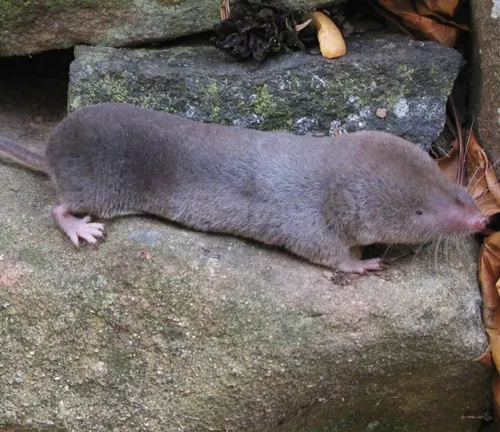
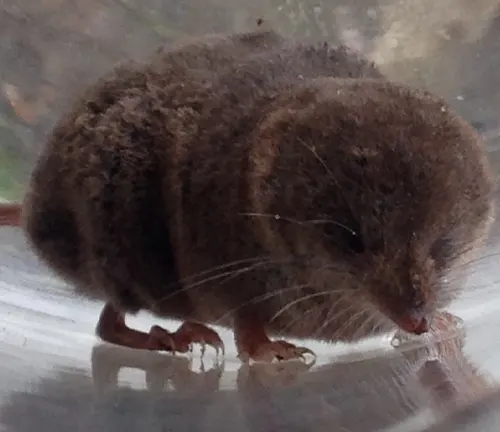
Dusky Shrew
(Sorex monticolus)
Found in North America, the dusky shrew prefers montane and subalpine habitats. It has a dark fur coloration and is adapted to life in higher elevations.
Asian House Shrew
(Suncus murinus)
Also known as the common house shrew, it is found in various parts of Asia. Unlike some other shrews, it is more adaptable to human-modified environments and is often associated with human habitation.
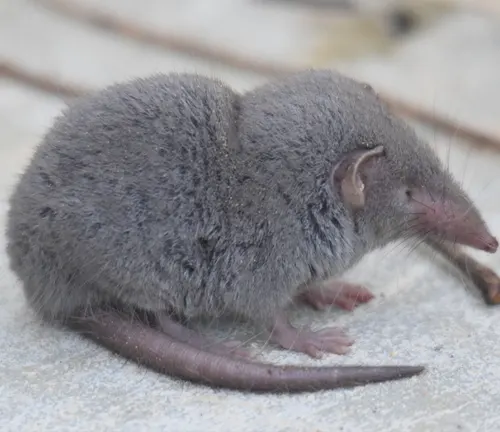
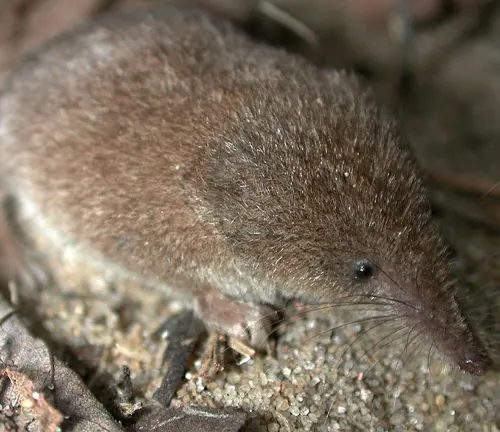
Masked Shrew
(Sorex cinereus)
Native to North America, the masked shrew is found in a variety of habitats, including woodlands and grasslands. It is recognized by its distinctive facial markings.
Cape Shrew
(Crocidura capensis)
Found in parts of Africa, the Cape shrew is adapted to a variety of habitats, including grasslands and savannas. It is part of the diverse Crocidura genus.
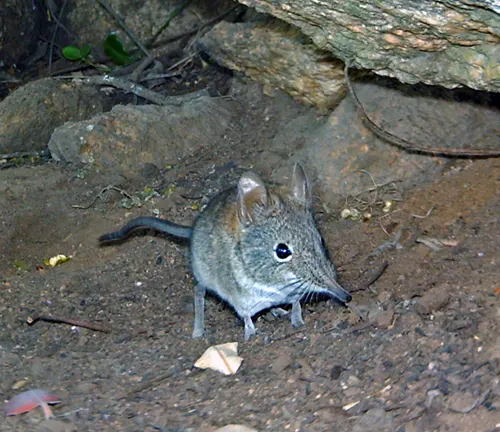
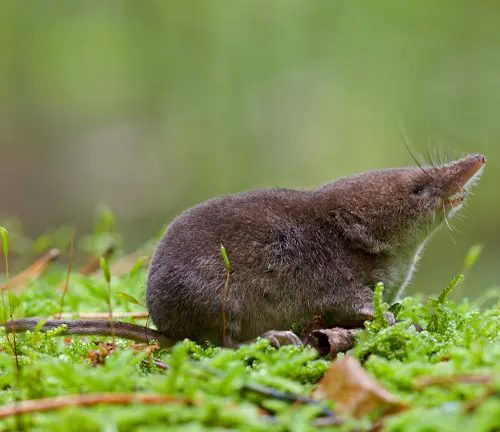
Japanese Shrew
(Chimarrogale platycephalus)
Found in Japan and other parts of Asia, the Japanese shrew is a small, insect-eating mammal often encountered in grassy areas and agricultural landscapes.
Frequently Asked Questions (FAQs)
1. What is a shrew mouse?
A shrew mouse is a small mammal belonging to the family Soricidae. It is characterized by its tiny size, pointed snout, and rapid, erratic movements.
2. Where are shrew mice found?
Shrew mice are found in various parts of the world, including Europe, Asia, North America, and Africa. They inhabit a wide range of environments, from woodlands and grasslands to urban areas.
3. What do shrew mice eat?
Shrew mice are primarily insectivores, feeding on insects, worms, and other invertebrates. Due to their high metabolism, they need to consume a significant amount of food relative to their body weight.
4. Are shrew mice venomous?
Some shrew species, such as the Northern Short-tailed Shrew, possess venomous saliva. This venom is used to immobilize prey, and while it is not harmful to humans in most cases, caution is advised when handling them.
5. How do shrew mice communicate?
Shrew mice communicate through various means, including scent-marking, ultrasonic vocalizations, and tactile cues. They are not known for elaborate vocalizations but use these methods for territory marking and interaction.
6. Do shrew mice hibernate?
Shrew mice do not hibernate. Due to their high metabolic rate, they need to remain active year-round to meet their energy requirements. However, some species may enter a state of torpor during extremely cold periods.
7. Are shrew mice harmful to humans?
Generally, shrew mice are not harmful to humans. They are shy and elusive, and their small size makes them unlikely to pose a threat. However, in some cases, they may cause damage to crops or structures.
8. How do I identify signs of shrew mice in my area?
Signs of shrew mice presence include small burrows, gnawed vegetation, and potentially the presence of nests made from grass and leaves. Additionally, their rapid, darting movements may be observed in the vicinity.
9. What should I do if I find shrew mice in my home?
If shrew mice are found in your home, it is advisable to contact pest control professionals who can help with removal and prevention measures. Blocking entry points and addressing attractants can also be effective.
10. Are shrew mice protected by law?
The legal status of shrew mice varies by region. In some areas, they may be protected due to their ecological importance, while in others, control measures may be permitted to manage potential conflicts.



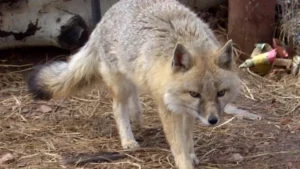

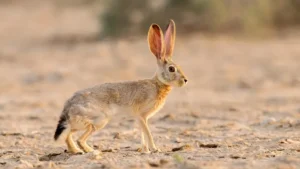



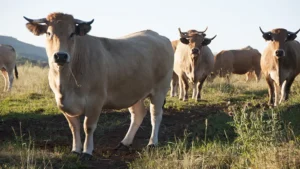
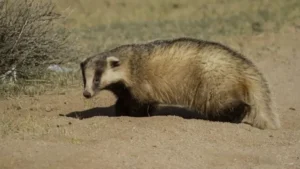

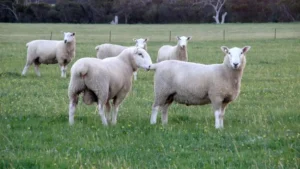

Leave your comment